1. Early Disease Detection via Image Recognition
AI-powered computer vision enables farmers to spot fish diseases in their earliest stages. High-resolution underwater cameras, combined with neural networks, can detect subtle signs of infection (like minor lesions or discoloration) days before they would be visible to the human eye. Early detection means farmers can administer treatments or isolate affected fish sooner, preventing small health issues from snowballing into large-scale outbreaks and reducing losses in stock and revenue.
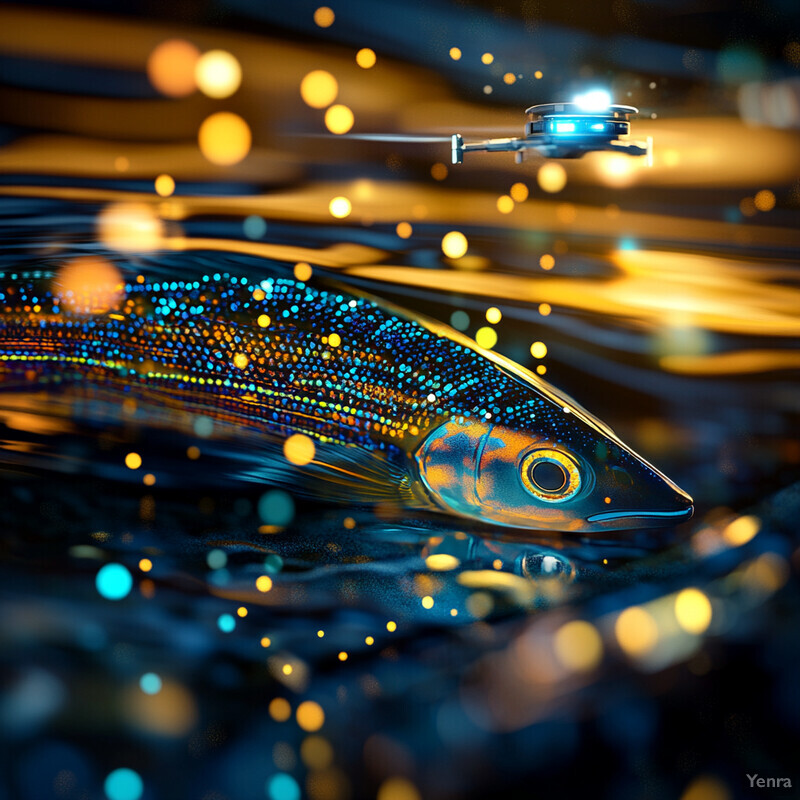
Recent research demonstrated that a deep learning model could automatically identify common fish diseases with over 99% accuracy in lab tests. This highlights how precise AI image recognition has become in diagnosing aquatic illnesses well before they spread.
2. Real-Time Behavioral Monitoring
Machine learning systems now continuously track fish behavior (swimming patterns, feeding frenzy, schooling dynamics) in real time. By learning what “normal” behavior looks like, the AI can flag even slight deviations – for example, fish becoming lethargic or erratic – which often serve as early warning signs of stress or illness. In practice, this means farmers get immediate insight if fish are unwell or stressed (due to poor water quality, disease, etc.), so they can adjust conditions or treatments promptly. It’s like having a round-the-clock virtual veterinarian observing the fish school’s health.
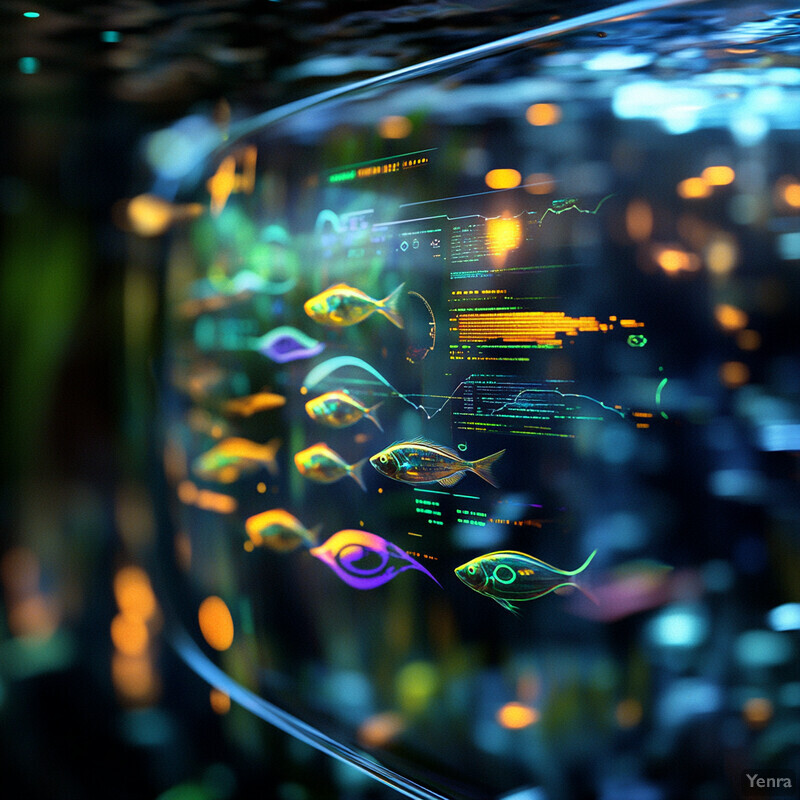
A collaboration between research institutes in China and France developed an AI-based system that tracks individual fish and detects abnormal swimming patterns. This system has enhanced early disease warning capabilities by automatically alerting farmers to subtle behavioral changes that signal health problems
3. Environmental Parameter Integration
AI systems integrate data from water quality sensors (for temperature, pH, oxygen, ammonia, etc.) to give a holistic, moment-to-moment picture of the farm environment. Rather than watching isolated readings, the AI analyzes how these factors interact. In real terms, this helps farmers understand complex scenarios – for instance, how a drop in oxygen combined with a spike in ammonia can dangerously stress fish. By seeing the full environmental profile, managers can make precise adjustments (turn up aeration, reduce feeding, filter the water) to keep conditions optimal and prevent health issues before they start.
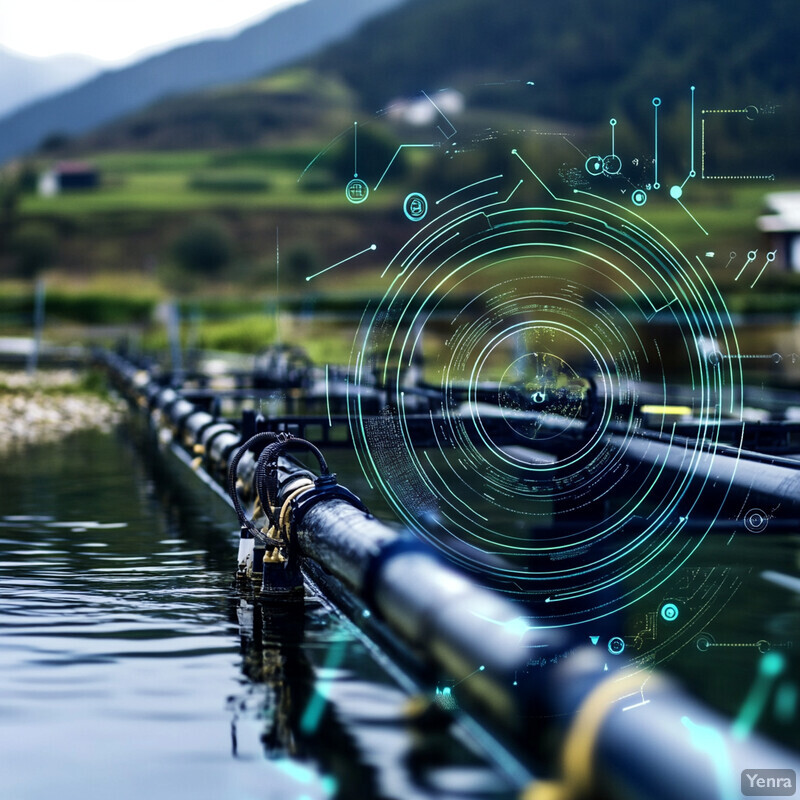
Studies show that compounded poor water conditions can sharply increase fish mortality. In one case, fish mortality surged from about 20% to 50% when the water’s pollution index rose (including a drop in dissolved oxygen). This demonstrates why AI correlation of multiple environmental parameters is so critical – catching compounded stress conditions early can literally halve potential losses.
4. Predictive Disease Modeling
AI can analyze historical farm data (past outbreaks, seasons, water conditions, stocking densities) to forecast the risk of diseases in the near future. This predictive modeling acts like a weather forecast for fish health – if the model sees a pattern similar to before an earlier disease outbreak, it can warn the farmer days or weeks in advance. The practical benefit is enormous: farmers can stock up on vaccines or lower fish density or bolster biosecurity before an outbreak is likely to occur. Essentially, predictive AI turns reactive management into proactive prevention, reducing the frequency and severity of disease events over the long run.

A recently developed early-warning AI system for aquaculture was able to predict a bacterial disease (nocardiosis in bass) with 94% overall accuracy, giving farmers advanced notice to intervene. By anticipating an outbreak with such high reliability, the system allowed preventive measures that dramatically reduced the impact of the disease.
5. Automated Feeding Optimization
Intelligent feeding systems use AI to determine when, where, and how much to feed fish, based on real-time hunger signals and growth data. By monitoring fish behavior (e.g. how eagerly fish feed or if uneaten pellets remain) and growth rates, the AI can tweak feeding schedules and portions on the fly. This ensures each tank or pen gets exactly the right amount of feed – preventing underfeeding (which stunts growth) or overfeeding (which wastes feed and pollutes water). In practice, farms see healthier fish growing to target size on schedule, while spending less on feed and polluting less. Feed is typically the largest cost in aquaculture, so these optimizations directly improve profitability and sustainability.

In validation tests, an AI-controlled automatic feeder showed it could improve fish growth and feed conversion rates, especially in warm months, while cutting down feed waste. Farmers also found that integrating such intelligent feeders lowered their production costs, illustrating the economic benefit of AI-optimized feeding.
6. Mortality Risk Assessment
AI models can crunch data on fish population, disease symptoms, and farm conditions to predict the likelihood of mortalities in the near future. Think of it as an early warning score for fish deaths: the system might combine subtle indicators (slight water quality dips, minor behavioral changes, weather forecasts) that humans might overlook, and output a risk level (e.g., “elevated risk of mortality in Pond 7 in the next 48 hours”). This allows farmers to intervene early – for example, improving aeration or administering a health check – to prevent mass die-offs. Over time, such AI-driven risk assessments make operations more resilient by guiding interventions before a crisis strikes, thus saving fish lives and farm revenue.
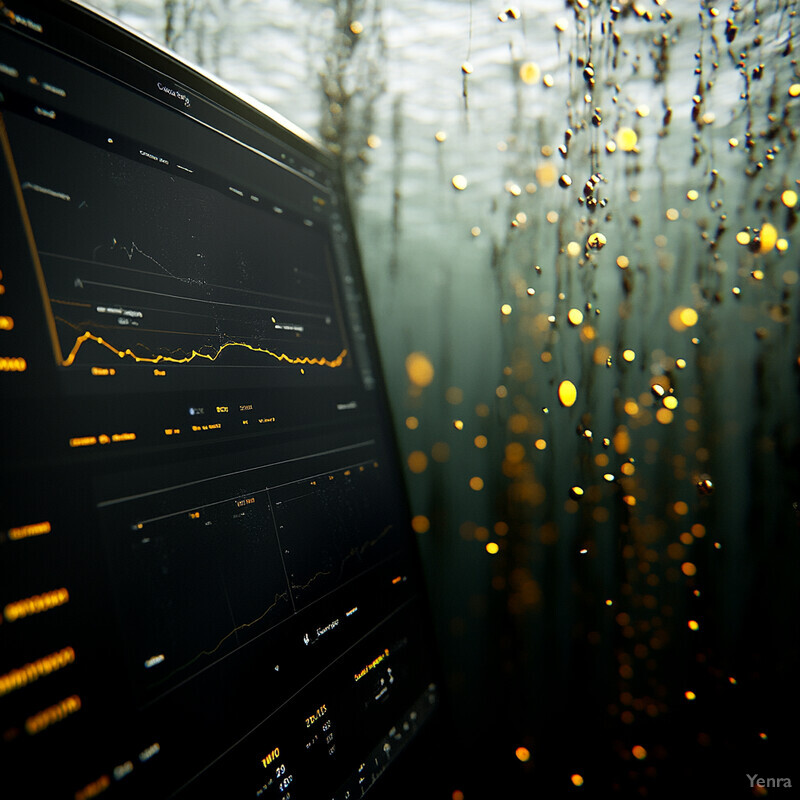
Using environmental sensor data and machine learning, researchers in Taiwan developed a model that could predict fish kill events with 93.4% accuracy. By analyzing conditions five days before a mortality event, the AI could alert farmers to high-risk situations, enabling them to take action (like adjusting water quality) and avoid large losses.
7. Genomic and Metagenomic Analysis
AI can rapidly interpret genetic data from fish and pathogens to improve health management. For example, by sequencing the DNA/RNA in a water sample, AI tools can identify what bacteria or parasites are present in that environment (the “metagenome”) and even flag if a dangerous pathogen’s genes are detected days before fish show symptoms. Similarly, analyzing the genomes of fish can reveal genetic markers for disease resistance. In real terms, this means farmers could get fast, comprehensive health diagnoses of their stock and water via a computer analysis, rather than waiting weeks for lab cultures. It enables targeted treatments (treating only for the specific pathogen present) and selective breeding for more disease-resistant strains – a leap toward precision medicine in aquaculture.

Metagenomic monitoring is emerging as a fast and non-invasive approach to detect diseases in aquaculture. A 2024 review noted that leading countries like the USA, Canada, and South Korea are actively developing metagenomic tools for freshwater farms, since this technique can quickly characterize all microbes in a sample and act as an early warning system for pathogens. By spotting harmful organisms in the water through DNA analysis, farmers can respond sooner, often before outbreaks occur.
8. Anomaly Detection in Sensor Data
Modern fish farms deploy many sensors (for oxygen, pH, temperature, etc.), and AI algorithms continuously watch this flood of data for any “anomalies” – sudden spikes, drops, or unusual patterns that deviate from normal ranges. When something odd happens (say a rapid drop in dissolved oxygen at 2 A.M.), the AI immediately flags it. This constant vigilance is far beyond human capability (no person can watch thousands of data points per second). In practice, it means issues like pump failures, oxygen crashes, or toxin influxes are caught instantly, allowing farmers to fix the problem (turn on backup aerators, etc.) before fish are harmed. It’s essentially an automated emergency detector that safeguards fish 24/7.
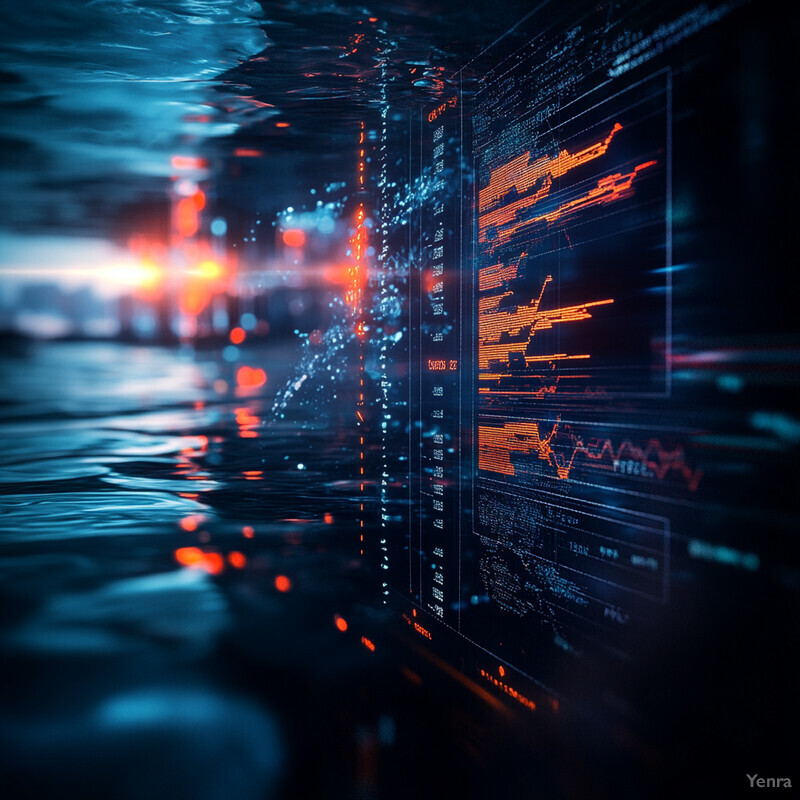
Even brief environmental anomalies can be deadly to fish. For example, one study found that when dissolved oxygen dropped below 2 mg/L (a critical threshold) in a fish pond, mortality rates spiked sharply, and if ammonia exceeded 5 mg/L it further compounded the stress. AI anomaly detection systems are tuned to catch such dangerous deviations the moment they occur, ensuring that farmers get alerted to low-oxygen or high-ammonia events in seconds – often in time to prevent a mass die-off.
9. Precision Medicine for Aquatic Species
Instead of blanket treating all fish, AI helps tailor medical interventions (like antibiotics, probiotics, or vitamins) to the right individuals at the right dosage and time. This approach takes into account that not all fish or tanks need the same treatment – some might be healthy, others mildly sick, others more severely ill. By analyzing data (symptoms, growth, genetic factors), AI can recommend, for example, which specific tanks should get a bacterial treatment and at what dose, while advising others to skip it. The benefit is twofold: fish that need medicine get it promptly (improving recovery), and healthy fish aren’t exposed to unnecessary drugs (reducing stress and drug overuse). This targeted care leads to healthier stocks and curbs problems like antibiotic resistance that come from over-medication.
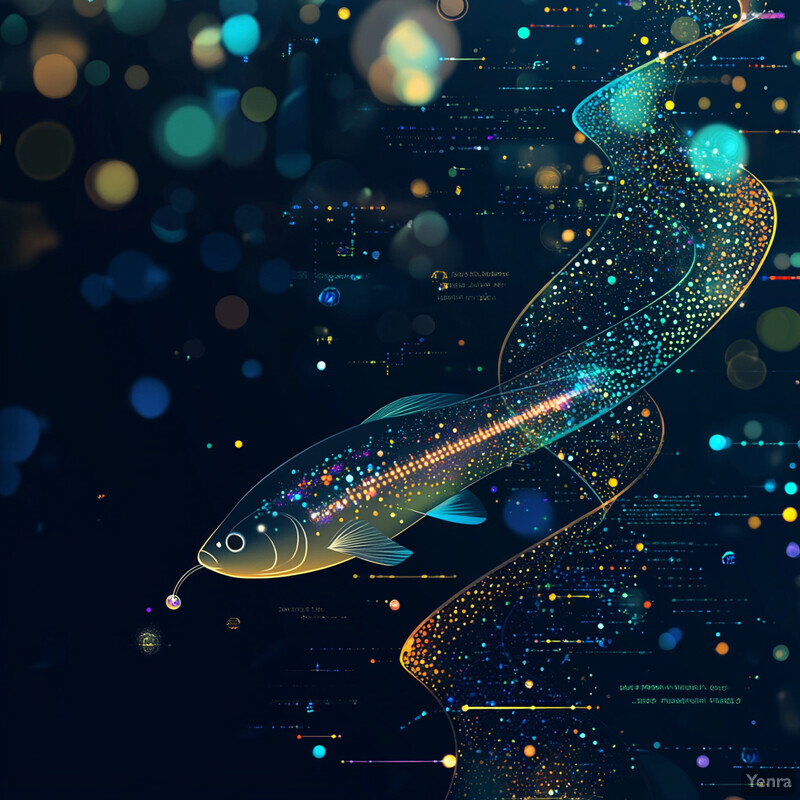
One major reason to pursue precision treatment is the inefficiency of mass medication – nearly 70–80% of antibiotics given in aquaculture (via medicated feeds) are not absorbed by the fish and end up in the environment. This not only wastes drugs but also promotes resistant bacteria. AI-driven precision medicine addresses this by treating only the fish that need it, in correct doses, reducing overall antibiotic use and thereby minimizing the chemical waste and resistance issues.
10. Harmful Algal Bloom Prediction
AI models analyze oceanographic data (temperature, nutrients, satellite imagery of algae, etc.) to predict harmful algal blooms that can poison or asphyxiate farmed fish. For fish farmers, an unexpected algal bloom can be catastrophic – causing mass mortality in a matter of hours. Predictive AI essentially gives an early warning “weather report” for these blooms. Practically, if farmers know a bloom is likely next week, they can activate preventive measures: deploy aeration to mitigate low oxygen, temporarily reduce feeding or even harvest early, and use barriers or treatments to protect the fish. This proactive approach can save a farm from incurring severe losses and also informs authorities to coordinate regional mitigation (like moving cages or warning neighboring farms).

The stakes are high – in 2016, a toxic algal bloom in Chile killed nearly 23 million farmed salmon (about 15–20% of the country’s annual production), resulting in an estimated $800 million in losses. AI forecasting of harmful algal blooms aims to avert disasters like this by predicting blooms days in advance. In some regions, such bloom prediction systems (using AI on satellite and ocean data) are being tested to give fish farms a critical early warning and prevent such massive die-offs.
11. Underwater Robotic Inspection
AI-guided underwater robots (AUVs or drones) now perform routine inspections of cages, nets, and fish, reducing the need for human divers. These robots can navigate through aquaculture pens with cameras and sensors, automatically checking for signs of wear in nets (to prevent escapes), monitoring fish for injuries or parasites, and even performing tasks like cleaning nets or removing parasites. For farmers, this means safer and more frequent inspections – robots can work day and night in conditions (deep water, cold, poor visibility) that would be risky or impossible for humans. Problems like small net tears or a few sick fish that might be missed until they become big issues are caught early by the robot’s AI vision. The result is improved facility maintenance and fish health with lower labor and safety concerns.

One innovative example is the “Stingray” underwater drone used in salmon farms. It employs AI-based stereo cameras to identify sea lice on fish and then shoots lasers to kill those parasites on the spot. Field tests in Norwegian and Scottish salmon farms have been positive – the drone is now deployed across multiple farms, working in real time to combat lice infestations as soon as they begin. This robotic inspector not only reduces the reliance on chemical treatments for lice but also continuously checks the fish, something human crews could not do as efficiently.
12. Biomass Estimation and Health Indicators
AI image analysis can estimate the size and weight of fish in a pen just by “seeing” them swim, eliminating the need to handle fish for measurements. By processing video frames or 3D camera data, algorithms calculate how many fish are present and how big they are on average – this is the biomass. Accurate biomass estimates are crucial for adjusting feed and knowing when fish are ready for market. Moreover, if the AI detects that some fish are significantly smaller (growth irregularities), it could signal a health or competition issue, prompting a check. In practice, this technology means farmers can closely monitor growth trends and health without stressing fish by catching them. It leads to optimal feeding (since you know the biomass’s needs) and timely harvests, as well as early flags if fish aren’t growing as expected (possibly due to disease or crowding).
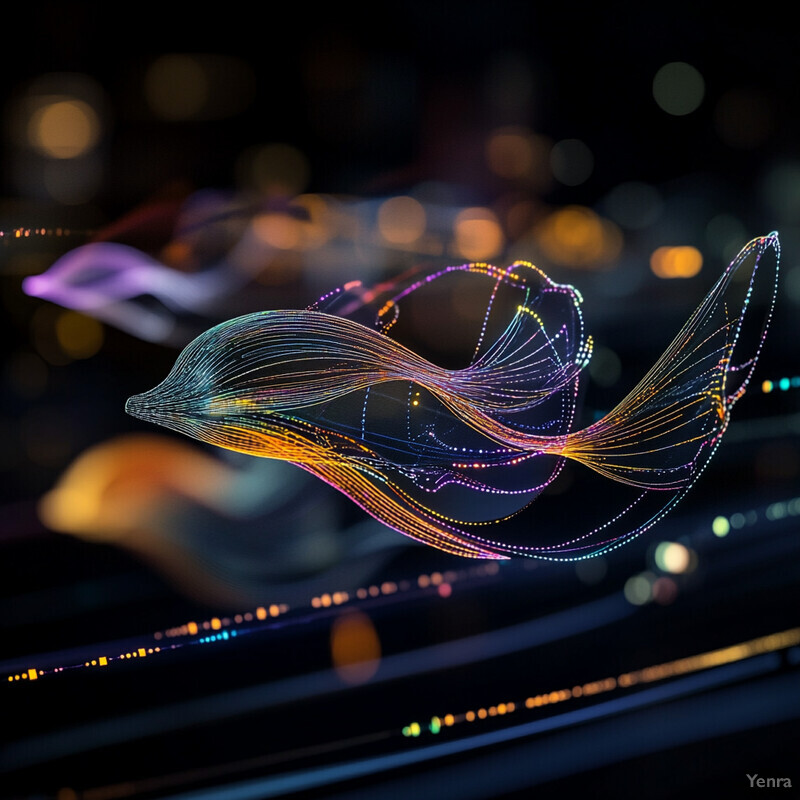
AI-driven biomass estimation is impressively precise. In trials with seabream, an AI system’s automatic length and weight measurements of fish differed by only about 3–4% from manual measurement. In other words, the computer vision method could estimate fish weight within a few percent of the actual value on average. Such accuracy is on par with manual sampling but achieved with zero handling of the fish, demonstrating how AI can non-invasively keep tabs on fish growth and condition.
13. Stress Level Detection Through Movement Analytics
Beyond overt disease, AI can also gauge fish welfare by analyzing subtle aspects of movement – essentially acting as a stress meter for the fish school. When fish are under chronic stress (due to factors like poor water quality, overcrowding, or aggression), they exhibit changes in acceleration, schooling tightness, or finbeat patterns. AI models, trained on what “relaxed” vs “stressed” fish behavior looks like, can quantify stress levels in real time. This gives farmers a way to assess welfare continuously. The practical outcome is better fish well-being: if the system shows rising stress levels, the farmer can investigate and remedy causes (improve water conditions, reduce stocking density, etc.) before stressed fish succumb to disease or stunted growth. It’s an early intervention tool for maintaining not just survival, but good quality of life for the fish.
AI can infer stress levels by analyzing subtle changes in fish acceleration, turning angles, and spatial distribution, prompting early interventions.

Advanced video analytics have made fish stress detection highly accurate. Researchers achieved over 98% accuracy classifying the stress state of fish schools by analyzing their swimming patterns with deep learning. In their tests, the AI could almost perfectly distinguish between normal behavior and stress-induced behavior (such as erratic movements or reduced activity). This level of precision means the system can reliably alert farmers to rising stress in the stock, which is often a precursor to health or welfare problems.
14. Real-Time Alert Systems
Aquaculture AI platforms don’t just monitor – they actively send out alerts the instant something goes wrong. Whether it’s an abnormal drop in water oxygen, a sudden change in fish behavior, or an approaching temperature threshold, the system will automatically notify farm managers via text, app, or alarms. This ensures that no critical event goes unnoticed, even during the night or when staff are off-site. The real-world significance is faster response: for example, if oxygen levels start falling at 3:00 AM, the manager can be woken up by an alert and take action immediately rather than finding dead fish in the morning. By catching crises in real time and summoning a rapid human response, these alert systems turn potential disasters into manageable incidents, safeguarding fish welfare and farm productivity around the clock.

Many modern fish farms have implemented such automated alerting. AI systems continuously evaluate live data and send instant alerts to managers when critical thresholds are reached, prompting rapid intervention. For instance, if water pH leaves the safe range or fish feeding activity suddenly drops, an alert is issued and farm staff can correct the issue within minutes. Case studies have shown that these rapid-response alerts can prevent minor issues from escalating into full-blown crises, significantly reducing mortality events and economic losses on farms.
15. Long-Term Health Trend Analysis
By accumulating and analyzing farm data over years, AI can uncover long-term trends and patterns that inform better management decisions. This could mean identifying seasonality in certain diseases (perhaps a parasitic outbreak tends to spike every spring), or noticing that over multiple production cycles, a certain strain of fish consistently outperforms another in health outcomes. Managers can use these insights to adjust farm practices – like scheduling preventive treatments before an annual disease peak, or switching to hardier fish breeds, or improving conditions during historically risky periods. In essence, the AI turns massive historical datasets into actionable knowledge, allowing farmers to continuously refine their practices and stock choices. Over time, this leads to improved resilience and productivity – fewer surprises, because the lessons of the past have been learned and applied.

Analysis of industry-wide data has revealed clear climate-related health trends. For example, research comparing regions found that fish farms in warmer, lower-latitude locations suffer higher overall mortality and faster disease outbreak progression than those in cooler climates. This long-term trend, likely driven by temperature stress and pathogen growth rates, warns that rising global temperatures could increase disease pressure. Armed with such insights, farms in warmer waters are now adopting extra precautions (more stringent biosecurity and monitoring during hot seasons). It’s a prime example of turning trend analysis into improved management strategies.
16. Adaptive Vaccination Scheduling
Instead of vaccinating fish on a fixed calendar, AI helps determine the optimal timing for vaccinations to maximize immunity and convenience. It considers factors like the fish’s developmental stage, water temperature (which affects immune response), and local disease seasonality. By modeling how immunity from a vaccine develops and wanes under various conditions, the AI can suggest, for instance, delaying a vaccine by a few weeks so that it doesn’t occur during a period of fish stress, or adding a booster dose right before a known high-risk disease season. The practical effect is stronger protection: fish get vaccinated when their immune systems can respond best, and their immunity stays high during the window when they most need it. Farmers benefit from fewer disease outbreaks and avoid wasting vaccines on suboptimal timing.

Research on vaccine timing underscores its importance. In a study on Nile tilapia, scientists tested vaccinating at different ages (from 1 day to 6 weeks old) and found that waiting a few weeks after hatching before vaccinating led to a significantly better immune response than vaccinating very early. This kind of data, fed into AI schedules, ensures fish are immunized at the biologically optimal time – improving survival rates against diseases like Streptococcus in tilapia farms.
17. Nutritional Profile Optimization
AI systems analyze feed ingredients and fish health data to devise the ideal diet that keeps fish healthy and disease-resistant. By mining data on growth, disease occurrences, and feed composition, the AI can identify which nutrients or additives (like certain proteins, fatty acids, vitamins, or probiotics) correlate with better health outcomes in a particular species. The farm can then adjust feed formulations – for example, increasing a certain amino acid or adding an immune-boosting probiotic – based on these recommendations. In practice, this means fish receive a diet tailored not just for growth, but for robust health (stronger immune systems and gut health). The fish become less prone to infections and stress, reducing the need for antibiotics and improving overall yields. Additionally, optimized feed often means less waste output, benefiting water quality.
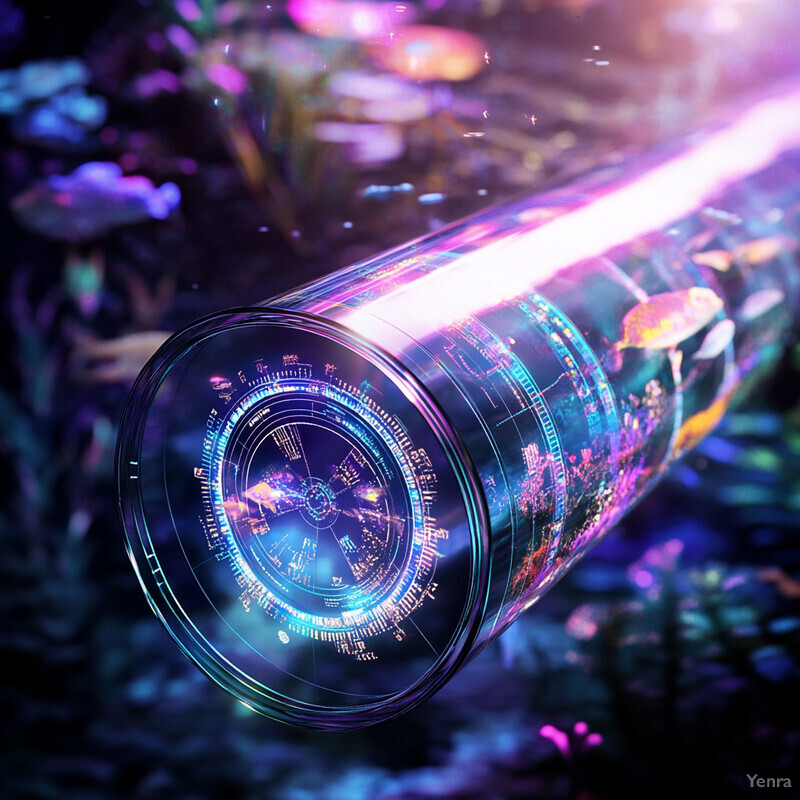
Tailored nutrition has proven effects on disease resistance. Studies have shown that including probiotics or beneficial bacteria in fish diets can significantly reduce mortality rates due to infections. For instance, tests in aquaculture found that fish fed with certain probiotic strains (like Carnobacterium or Lactobacillus) had markedly lower death rates when exposed to pathogens, compared to fish on regular feed. They also exhibited enhanced immune enzyme levels and antibody production. These findings back the AI-driven approach of tweaking feed composition – by adding such supplements, farms have observed healthier, heartier fish populations that withstand diseases better.
18. Chemical Treatment Reduction
By catching problems early and managing health precisely, AI helps farms avoid last-resort chemical treatments (like antibiotics, antiparasitic drugs, or water disinfectants). Essentially, prevention and early intervention reduce the need to “fire-fight” with chemicals. Over time this means a more organic operation: fewer antibiotics in the fish (which is good for food safety and market image), less chemical discharge into the environment, and lower treatment costs. Moreover, when treatments are needed, AI can ensure they are used judiciously – targeting only the affected units – thereby minimizing dosage and frequency. This not only curbs the risk of drug resistance and residues but also aligns with stricter regulations and consumer demand for eco-friendly farming. The end result is a cleaner, more sustainable aquaculture operation that relies on smart management rather than heavy chemical inputs.

The contrast between farms with proactive health management and those without is striking. In Norway, where vaccination and monitoring are rigorous, only 201 kg of antibiotics were used to produce 1.3 million tons of salmon in 2016 (≈0.01 grams per ton). In the same year, Chile’s farms – facing frequent disease issues – used 382,500 kg of antibiotics for about 0.73 million tons (≈500 grams per ton). This ~50,000-fold per-ton difference underscores how early disease detection and prevention (the Norwegian approach) virtually eliminate the need for mass antibiotics. With AI enhancing early interventions, aquaculture operations can move closer to the low-chemical model – as seen, Norway’s salmon industry has achieved its lowest antibiotic usage ever in recent years.
19. Improved Quarantine Protocols
AI risk assessment tools refine how and when farms quarantine fish, particularly new stock or groups showing illness. Instead of blanket quarantines (which are costly and laborious), AI analyzes variables like the source of fish, transport conditions, health records, and even subtle real-time health indicators to predict which batches are high-risk. The farm can then isolate only those batches or even individual tanks. This targeted quarantine prevents potential pathogens from entering the main population without unnecessarily holding back healthy stock. In practice, it means disease is less likely to spread farm-wide: an incoming group of fingerlings with a suspicious health profile might be kept separate until cleared, averting an outbreak. Meanwhile, healthy fish are not subjected to undue stress or delays. Overall, smarter quarantine led by AI results in a safer introduction of new fish and containment of sickness to small units, protecting the broader farm.

Effective quarantine can mean the difference between a contained incident and a farm-wide epidemic. A modeling study of viral disease spread (VHS in aquaculture) found that without any control measures like quarantine, the virus could eventually reach 96% of sites in a region over 10 years. This highlights why intelligent quarantine protocols are crucial. By using AI to identify high-risk fish groups and isolate them promptly, farms dramatically cut down the likelihood of pathogens infiltrating all their units – essentially avoiding the nightmare scenario that the model predicts in the absence of controls.
20. Regulatory Compliance and Traceability
AI simplifies the task of maintaining detailed health records for compliance and provides end-to-end traceability of stock. It automatically logs every health check, vaccination, treatment, and environmental reading into a secure database. When auditors or buyers need proof of responsible practices (disease-free status, treatments used, etc.), the system can instantly produce a full history. In practical terms, this builds transparency and trust – consumers can effectively “see” that the fish they’re buying was raised in good conditions and treated appropriately. It also helps farms comply with food safety and animal welfare regulations with ease, since the required documentation is generated in real time by the AI. If there’s ever a disease issue, traceability means pinpointing the source and affected batches in minutes, facilitating swift recalls or corrective actions. In sum, AI-managed traceability ensures that from hatchery to harvest, every step is documented and verifiable, which is increasingly demanded in global seafood trade.
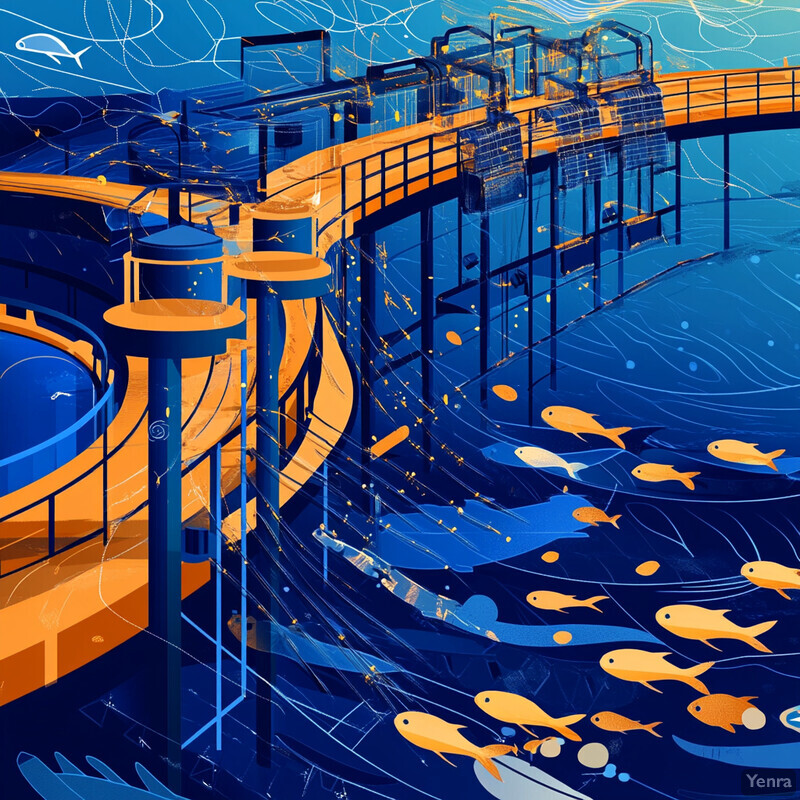
Modern aquaculture standards are increasingly stringent about record-keeping and transparency. AI-driven management systems address this by maintaining comprehensive digital logs of stock health and treatments, forming a verifiable audit trail for each fish cohort. These records meet government regulatory requirements and also feed into certification programs (like the Aquaculture Stewardship Council standards). For instance, farms using such systems can provide regulators and retailers with on-demand access to data showing that no illegal antibiotics were used and all health measures were documented. This level of traceability and compliance not only avoids legal penalties but has become a market advantage – studies show consumers and importers are more likely to trust and purchase seafood when its farm-of-origin health records are transparent and accessible.